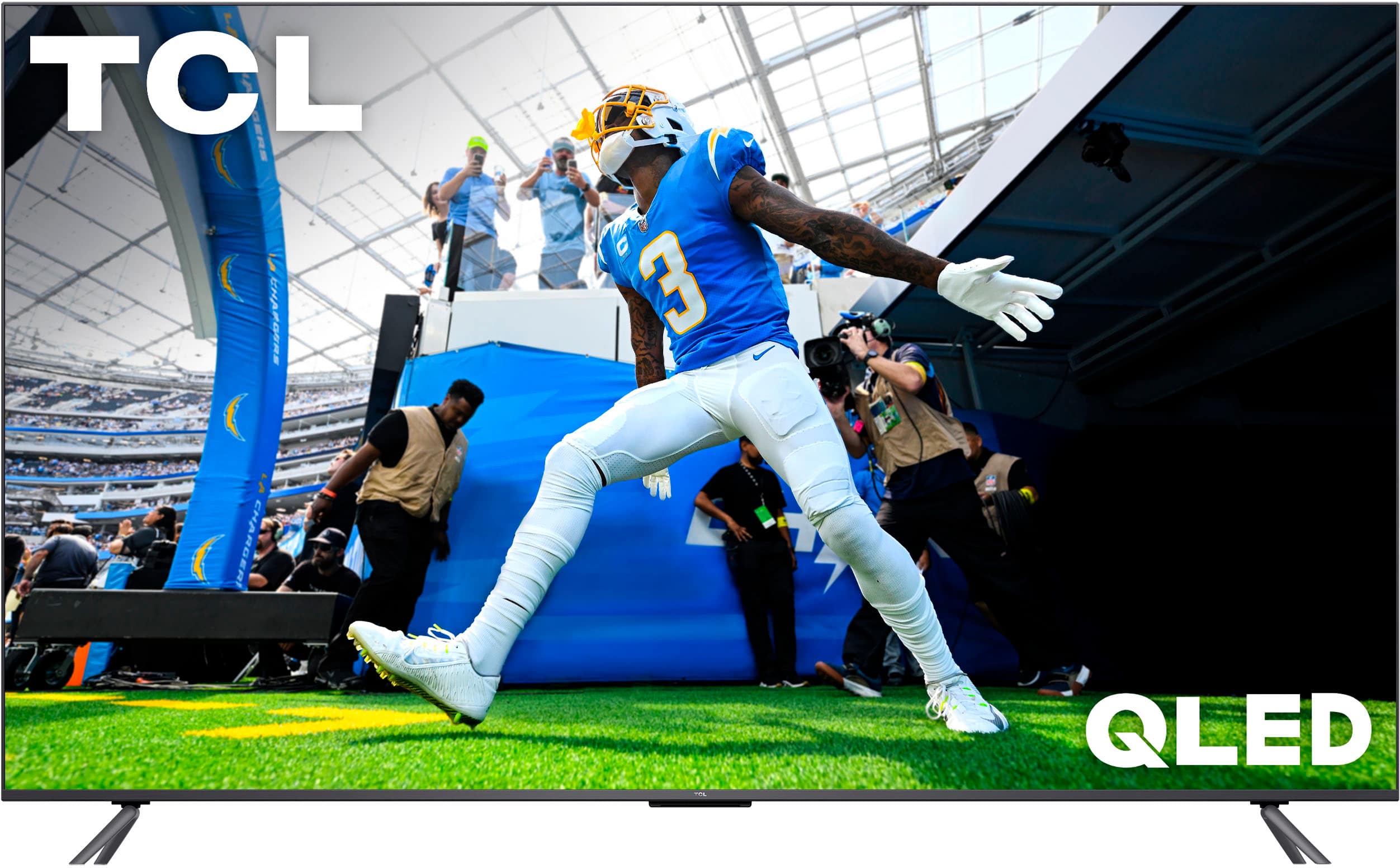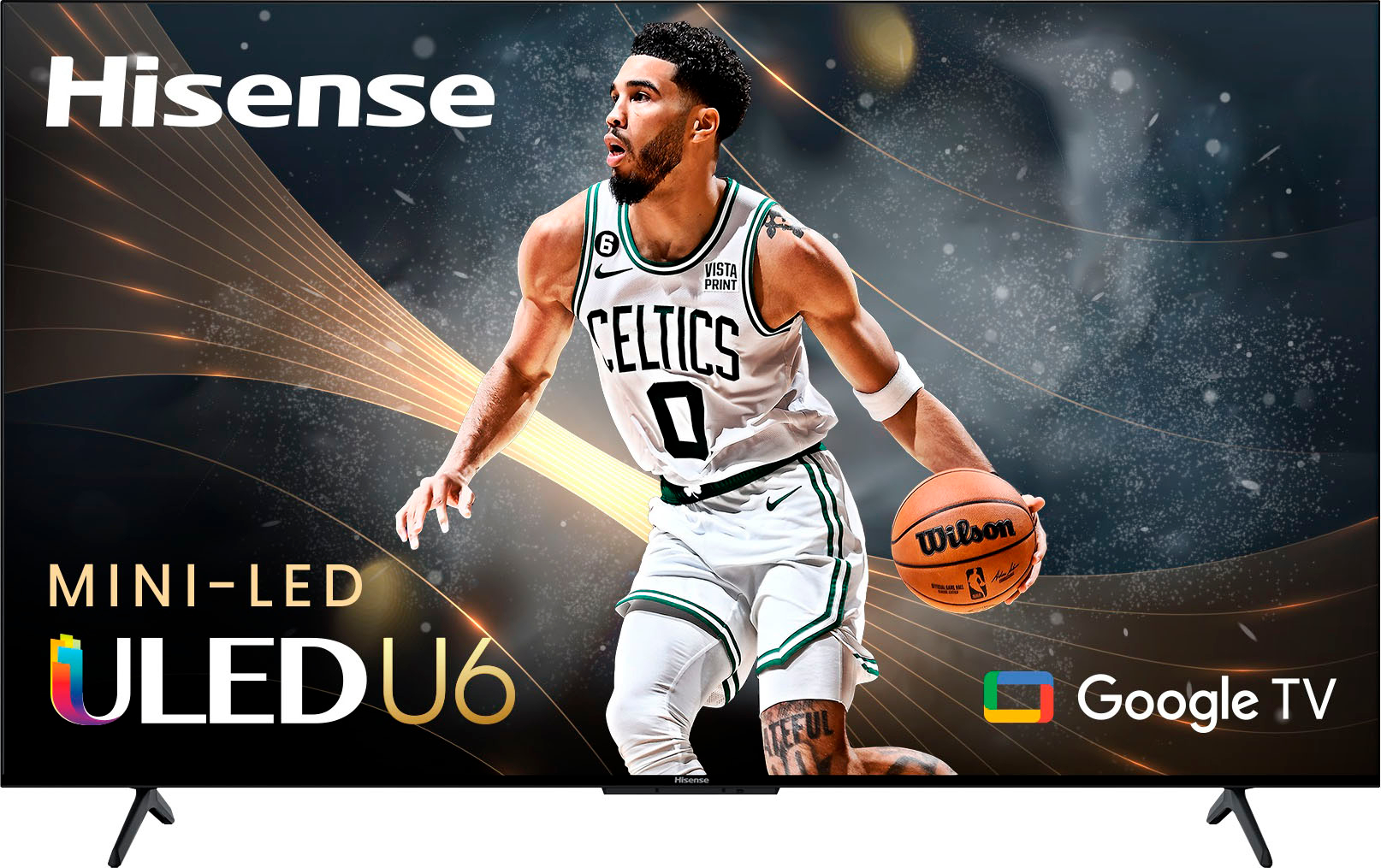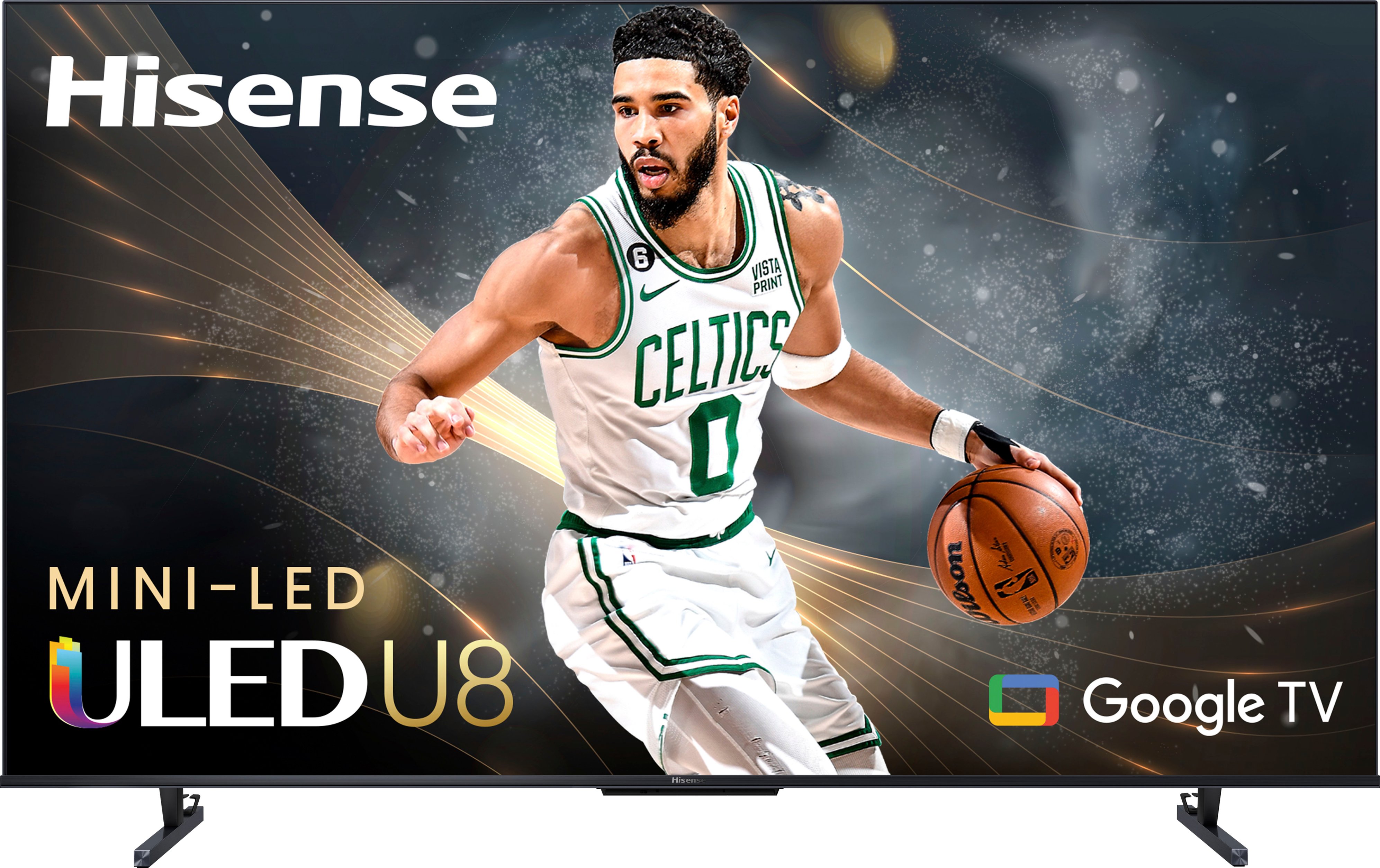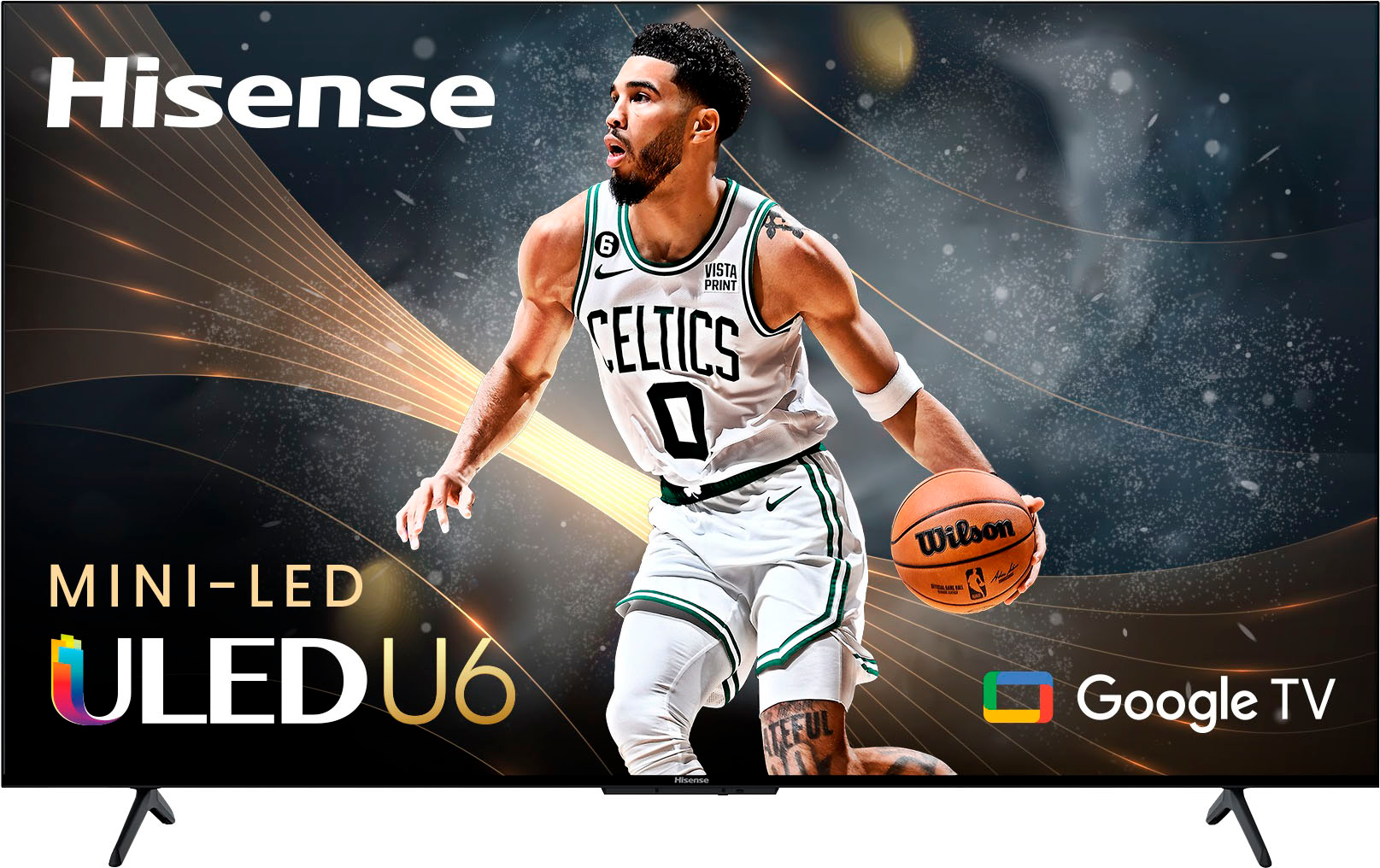Best Gaming TVs
Showing 1–12 of 120 results
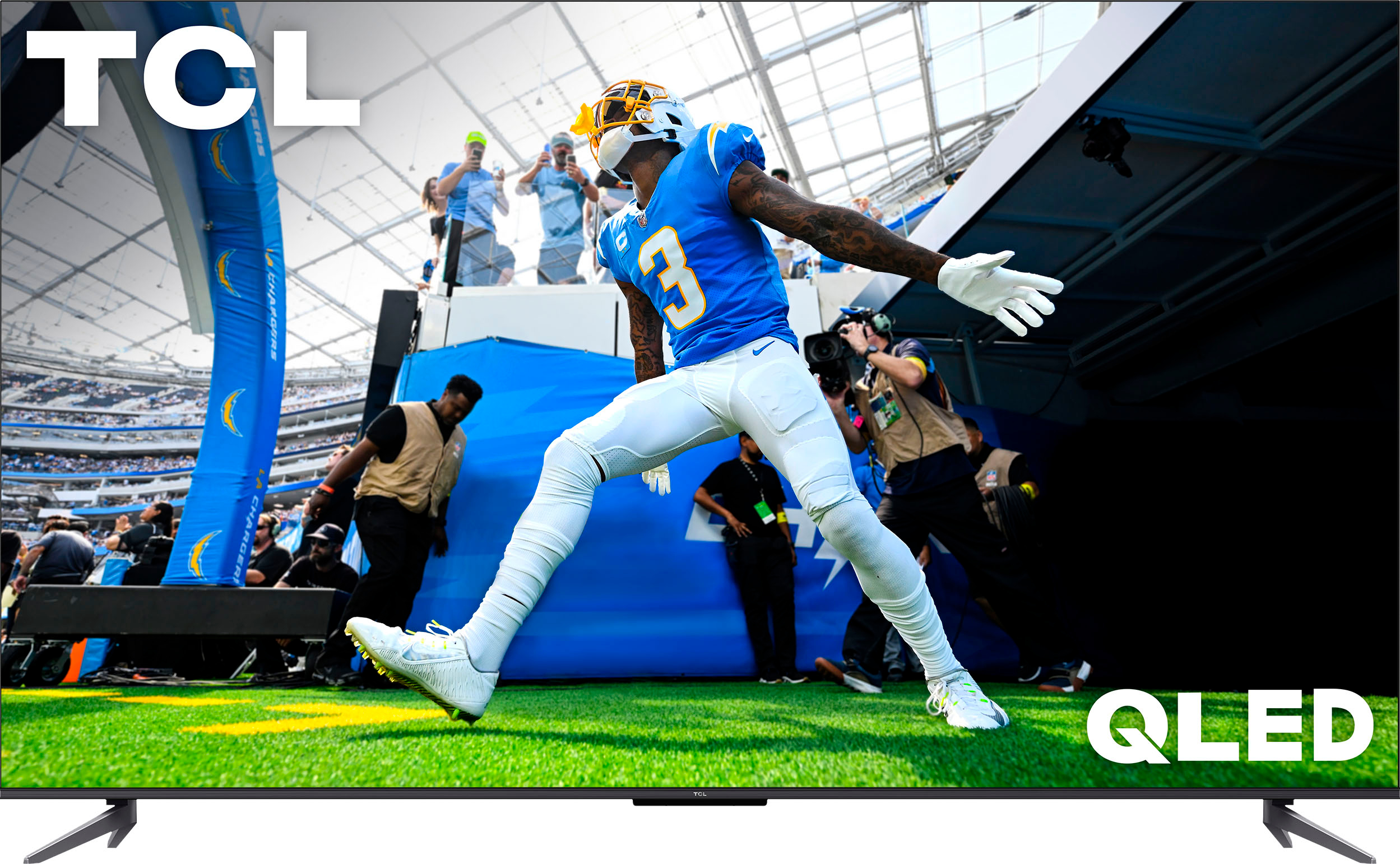
65″ TCL Q6 4K QLED Smart TV

Hisense 55″ U7 Mini-LED 4K TV
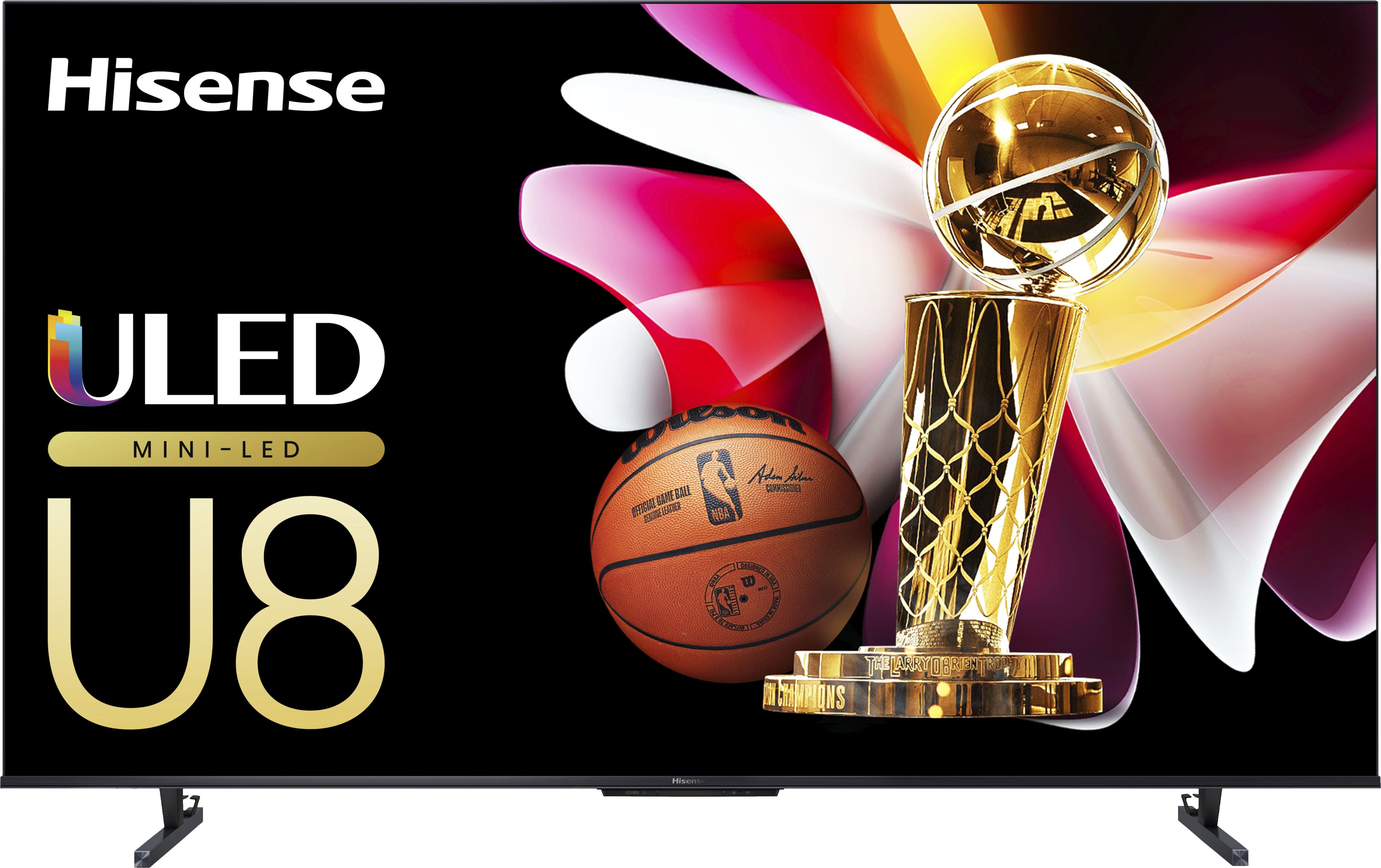
Hisense 55″ U8 Mini-LED 4K TV

Hisense 65″ U7 Mini-LED QLED TV
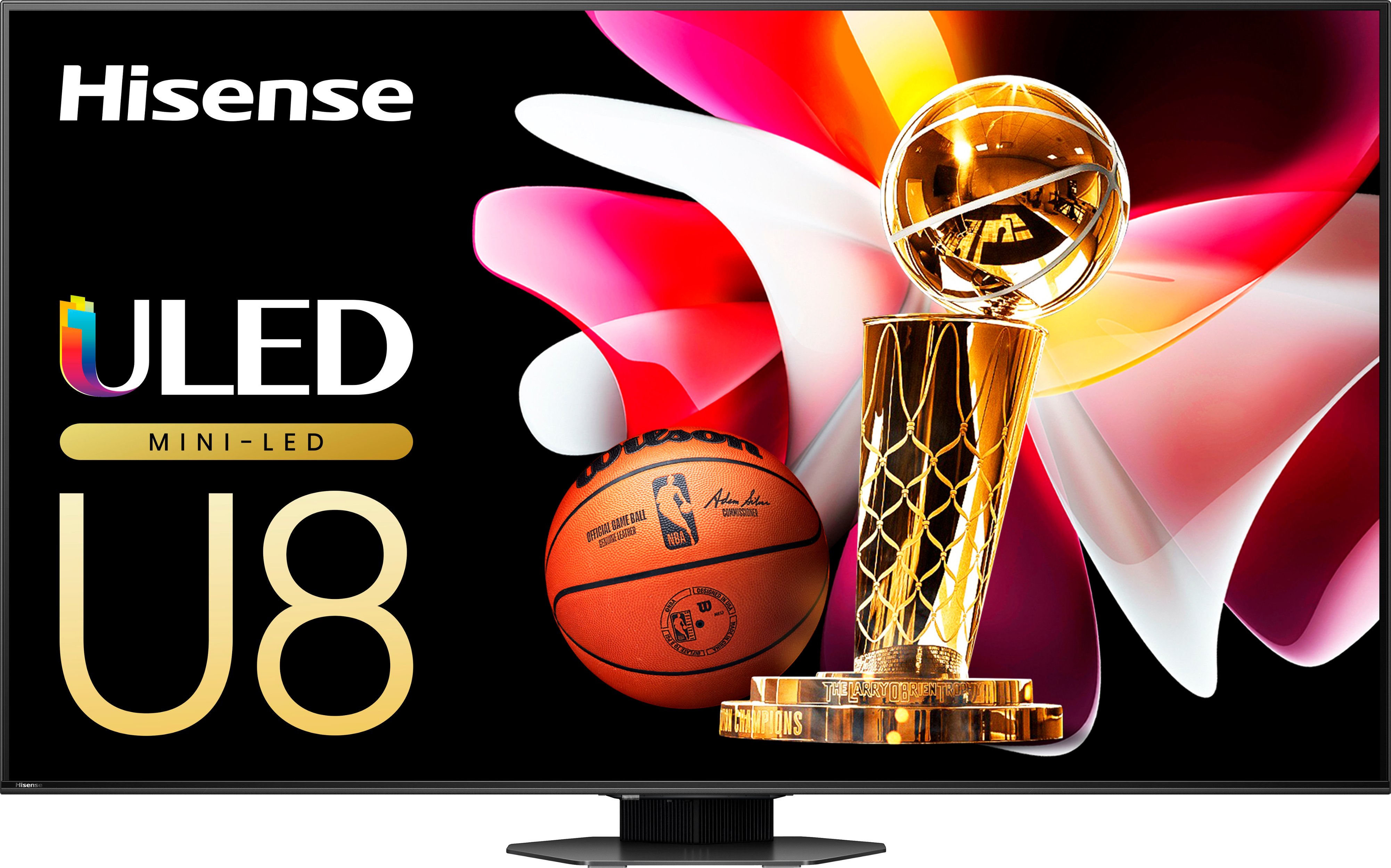
Hisense 65″ U8 Series Mini-LED TV
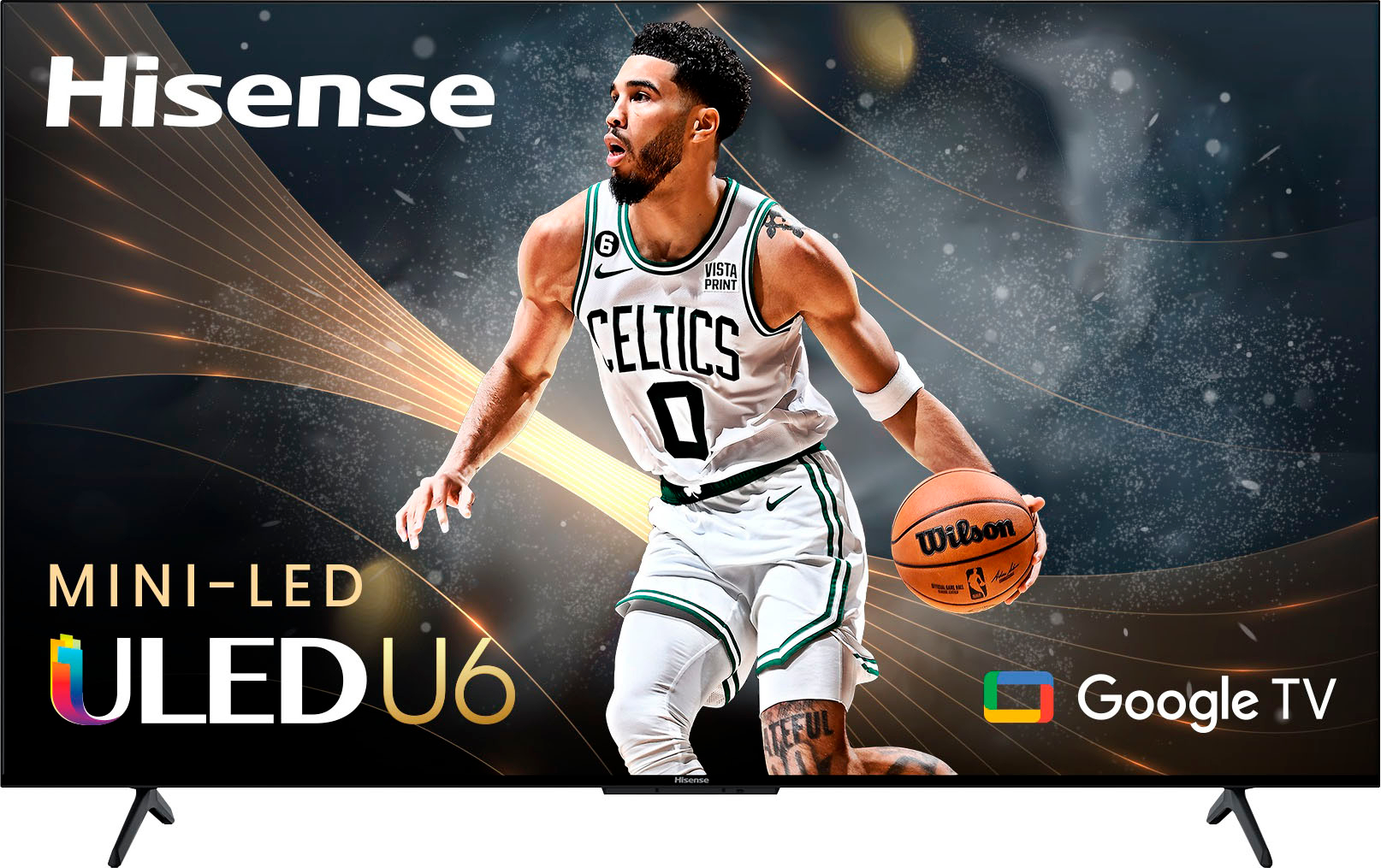
Hisense 75″ Mini-LED QLED Smart TV

Hisense 75″ U6 Mini-LED 4K TV
Choosing the right gaming TV can make or break your gaming experience. With the advancements in gaming consoles and PC hardware, having a TV that complements these technologies is crucial. Whether you’re a casual gamer or a competitive eSports enthusiast, knowing what to look for in a gaming TV can enhance your gameplay significantly.
What Makes a TV Great for Gaming?
Refresh Rate and Response Time
Why Refresh Rate Matters
The refresh rate of a TV, measured in Hertz (Hz), indicates how many times per second the screen refreshes its image. For gaming, a higher refresh rate means smoother motion and a more immersive experience. Gamers typically look for TVs with at least 120Hz refresh rates to ensure fluid gameplay, especially in fast-paced games.
Understanding Response Time
Response time is the time it takes for a pixel to change from one color to another. A lower response time reduces motion blur and ghosting, providing a clearer picture during rapid movements. For gamers, a response time of under 5 milliseconds (ms) is ideal.
Resolution and HDR
The Role of Resolution in Gaming
Resolution refers to the number of pixels on the screen. Higher resolutions, like 4K (3840 x 2160), offer sharper and more detailed images. With next-gen consoles supporting 4K gaming, having a 4K TV can significantly enhance the visual experience.
Benefits of HDR in Gaming
High Dynamic Range (HDR) increases the contrast and color range of the display, making games look more realistic and vibrant. HDR can bring out details in shadows and highlights, adding depth to the gaming visuals.
Input Lag
What is Input Lag?
Input lag is the delay between pressing a button on your controller and seeing the corresponding action on screen. Low input lag is essential for gaming, especially in competitive scenarios where every millisecond counts.
How to Measure Input Lag
Input lag is measured in milliseconds (ms), and the lower the number, the better. Gamers should look for TVs with input lag under 20ms to ensure a responsive gaming experience.
Connectivity Options
HDMI 2.1
HDMI 2.1 is the latest standard that supports higher resolutions and refresh rates, such as 4K at 120Hz and 8K. It also enables features like Variable Refresh Rate (VRR) and Auto Low Latency Mode (ALLM), which are beneficial for gaming.
Other Essential Ports
In addition to HDMI 2.1, having multiple HDMI ports, USB ports, and an optical audio out is beneficial for connecting various gaming consoles and peripherals.
Top Gaming TV Brands
LG
Best LG Models for Gaming
LG is renowned for its OLED TVs, which offer excellent picture quality and low input lag. The LG C2 OLED is a standout model for gamers.
Unique Features
LG TVs come with features like NVIDIA G-Sync, AMD FreeSync, and advanced gaming modes to optimize the gaming experience.
Samsung
Best Samsung Models for Gaming
Samsung’s QLED TVs, such as the Samsung QN90A Neo QLED, are popular among gamers for their bright displays and low input lag.
Unique Features
Samsung TVs often feature VRR support, ALLM, and robust smart TV capabilities, making them versatile for both gaming and entertainment.
Sony
Best Sony Models for Gaming
Sony’s TVs, particularly the Sony X900H, are praised for their excellent color accuracy and gaming features like VRR and ALLM.
Unique Features
Sony integrates its TVs with the PlayStation ecosystem, offering exclusive features that enhance the gaming experience on PS5.
Vizio
Best Vizio Models for Gaming
Vizio’s P-Series Quantum X offers high-end features at a more affordable price, making it a great choice for budget-conscious gamers.
Unique Features
Vizio TVs come with advanced image processing, HDR support, and low input lag, ensuring a smooth gaming experience.
Best Gaming TVs in 2024
LG C2 OLED
Key Features
The LG C2 OLED boasts stunning picture quality, low input lag, and HDMI 2.1 support, making it perfect for next-gen gaming.
Why It’s Great for Gaming
Its near-instant response time and deep blacks make the gaming visuals pop, providing an immersive experience.
Samsung QN90A Neo QLED
Key Features
The Samsung QN90A features a bright display, low input lag, and advanced gaming features like VRR and ALLM.
Why It’s Great for Gaming
Its superior brightness and contrast make games look fantastic even in well-lit rooms.
Sony X900H
Key Features
The Sony X900H offers excellent color accuracy, low input lag, and full support for next-gen gaming features.
Why It’s Great for Gaming
Its integration with PlayStation 5 features, like 120Hz refresh rate and VRR, makes it an excellent choice for console gamers.
Vizio P-Series Quantum X
Key Features
The Vizio P-Series Quantum X combines high-end features like 4K resolution, HDR, and low input lag at a competitive price.
Why It’s Great for Gaming
It’s a budget-friendly option that doesn’t compromise on performance, making it ideal for gamers looking for value.
Budget-Friendly Gaming TVs
TCL 6-Series
Key Features
The TCL 6-Series offers 4K resolution, HDR support, and low input lag, all at an affordable price.
Why It’s Great for Gaming
It provides excellent performance without breaking the bank, making it perfect for budget-conscious gamers.
Hisense U8G
Key Features
The Hisense U8G features a bright display, HDR support, and low input lag, offering great value for its price.
Why It’s Great for Gaming
Its combination of performance and affordability makes it a solid choice for gamers on a budget.
Gaming Features to Look For
Variable Refresh Rate (VRR)
VRR synchronizes the TV’s refresh rate with the game’s frame rate, reducing screen tearing and providing a smoother gaming experience.
Auto Low Latency Mode (ALLM)
ALLM automatically switches the TV to Game Mode when it detects a gaming signal, reducing input lag for a more responsive experience.
Dolby Vision for Gaming
Dolby Vision enhances HDR gaming by providing superior contrast, brightness, and color accuracy, making games look more realistic.
Game Mode Settings
Many TVs come with a Game Mode setting that optimizes the display settings for gaming, reducing input lag and enhancing the visuals.
How to Set Up Your Gaming TV
Optimal TV Settings for Gaming
Adjust settings like brightness, contrast, and color temperature to enhance the gaming visuals. Enabling Game Mode is crucial to minimize input lag.
Positioning Your TV
Place your TV at eye level and ensure it’s at a comfortable distance from your seating area to avoid strain and enhance immersion.
Audio Setup for an Immersive Experience
Consider adding a soundbar or surround sound system to complement the visuals and create a more immersive gaming environment.
Investing in the right gaming TV can elevate your gaming experience to new heights. Whether you prioritize high refresh rates, low input lag, or stunning HDR visuals, there’s a gaming TV out there that fits your needs and budget. Keep in mind the features that matter most to you and happy gaming!
FAQs
What is the best TV size for gaming?
The best TV size for gaming depends on your room size and seating distance. Generally, a 55-inch to 65-inch TV is ideal for most gaming setups.
Can I use a regular TV for gaming?
Yes, you can use a regular TV for gaming, but a gaming-specific TV will provide better performance in terms of refresh rate, response time, and input lag.
How do I reduce input lag on my TV?
To reduce input lag, enable Game Mode on your TV, use HDMI 2.1 cables, and ensure your console or PC is set to output at the TV’s native resolution and refresh rate.
Are OLED TVs good for gaming?
Yes, OLED TVs are excellent for gaming due to their superior picture quality, deep blacks, and fast response times.
What is the difference between 60Hz and 120Hz for gaming?
A 120Hz TV refreshes the image twice as fast as a 60Hz TV, providing smoother motion and a more responsive gaming experience, especially in fast-paced games.

